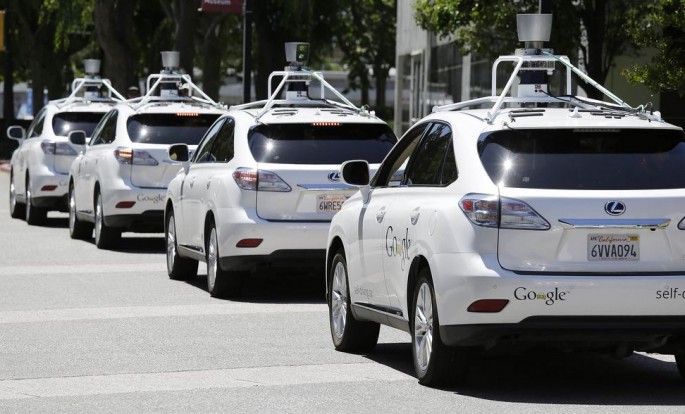Google said its self-driving cars have been involved in only 11 minor accidents in the six years since it launched its self-driving car project in California.
This stat, while commendable, might be a shock to some people given they perhaps unreasonably expect self-driving cars to be accident free. But Google said not one of the accidents was caused by a self-driving car. Google's autonomous vehicles were the victims in practically all these cases.
Google uses a fleet of 23 Toyota Lexus SUVs that has driven 2.8 million kilometers (1.7 million miles) so far to test its autonomous technology.
Chris Urmson, director of Google's Self-Driving Car Project, said "not once was the self-driving car the cause of the accident", according to Yahoo.
He revealed Google's self-driving cars were rear ended seven times, mainly at traffic lights. Most of these accidents occurred on city streets rather than on freeways. Other Google cars were side-swiped or "hit by a car rolling through a stop sign."
He noted all 11 accidents involved "light damage" and "no injuries".
"If you spend enough time on the road, accidents will happen whether you're in a car or a self-driving car."
"We'll continue to drive thousands of miles so we can all better understand the all-too common incidents that cause many of us to dislike day-to-day driving, and we'll continue to work hard on developing a self-driving car that can shoulder this burden for us," Urmson said.
One of the key selling features being touted for self-driving vehicles is an increase in safety. Cameras, radar and laser sensors on these tech-heavy vehicles give the computer running the cars more data about the driving environment and should make the self-driving car respond faster to accident situations.
A key feature in these cars is they can be programmed to adjust if they sense a crash coming by moving a few feet; tightening seat belts, honking the horn or flashing lights at distracted drivers.
"Even when our software and sensors can detect a sticky situation and take action earlier and faster than an alert human driver, sometimes we won't be able to overcome the realities of speed and distance," said Urmson.



























